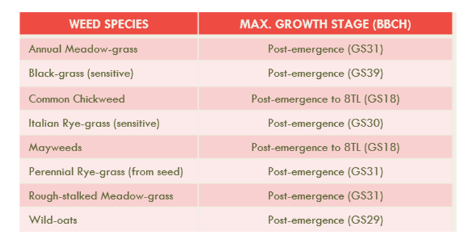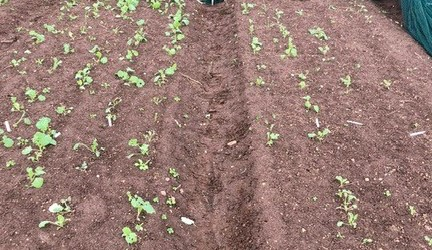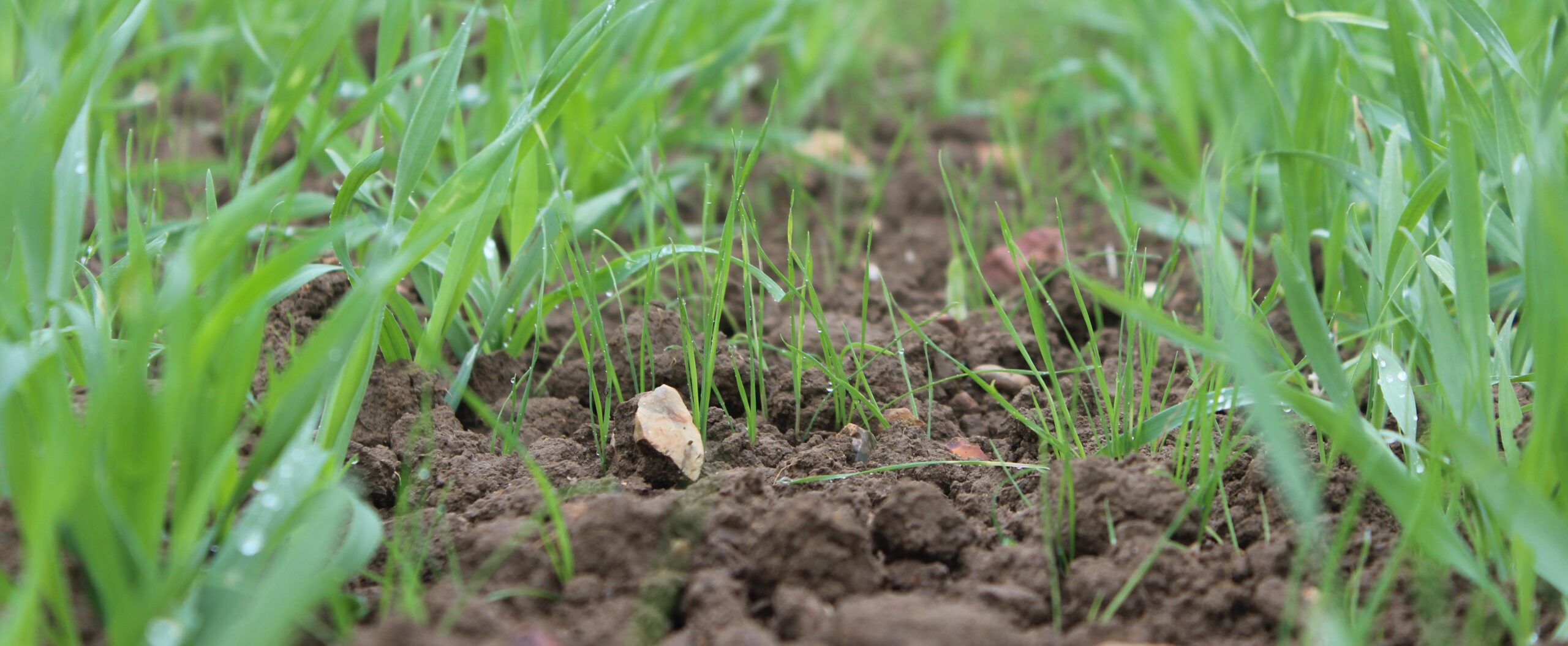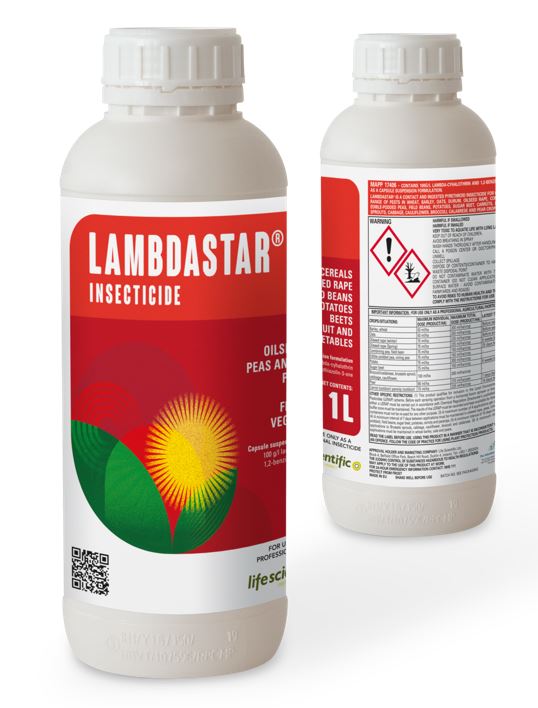As covered in last month’s Newsletter, autumn is a very busy time for us with our range of cereal herbicides (FIRESTARTER and NIANTIC), oilseed rape fungicides (ESKER, ORASO PRO, DIFENOSTAR and AURELIA) and LAMBDASTAR for use against BYDV and Cabbage Stem Flea Beetle.
Whilst we continue to develop the use of these well-proven products, we are also bringing through new products, some of which we hope you will see in 2024.
Following the challenging harvest, we are analysing results from our trials with very promising results from our development products, especially a new fungicide combination which is unique to Life Scientific.
Cereal weed control
As cereal crops continue to be drilled, grass and broad-leaved weed control remains a top priority. FIRESTARTER, containing diflufenican and flufenacet, can be a useful part of any weed control programme, with activity against Black-grass, Annual Meadow-grass and a range of annual broad-leaved weeds including Common Chickweed, Common Field-speedwell, Field Pansy, Field Forget-me-not, Groundsel, Mayweed and Red Dead-nettle.
Trials conducted at 3 sites between 2017 and 2020 by Prime Crop Research Ltd demonstrated the continuing efficacy of flufenacet in combination with diflufenican as a key tool in the farmer’s Black-grass programme.

he results above are from sites with high Black-grass populations and show the percentage reduction of seed heads relative to the untreated plots. Untreated populations ranged from 62 to 527 heads/m². FIRESTARTER was compared with another important Black-grass herbicide, Avadex, containing tri-allate. When both were used in a programme, levels of control at one site reached 95%.
The product label now allows a sequence of 0.6L/Ha followed by 0.3L/Ha on winter wheat and barley. It can be used pre and post-emergence up to GS 22 in winter wheat and GS 23 in winter barley. Where the sequence is used, the first application must be made before GS 13 of the crop and a minimum of 6 weeks must elapse between treatments. The second application of a sequence must not exceed 0.3L/Ha.
Our herbicide range also includes NIANTIC, a reverse-engineered formulation containing mesosulfuron-methyl and iodosulfuron-methyl, based on the reference product, Atlantis WG.
NIANTIC, plus authorised adjuvants PROBE or Biopower, will control the following weeds in winter wheat. Weeds should be emerged at the time of application and those emerging after application will not be controlled.

Best control will be achieved by application to small actively growing weeds, ideally between 1 and 3 leaves, and when the majority of the weed population has emerged.
Populations of Black-grass and Italian Rye-grass with varying levels of resistance to ALS herbicides are widespread in the UK. NIANTIC must therefore always be used as part of an integrated approach to weed control involving rotation, cultivations, stale seedbeds and delayed drilling. NIANTIC + PROBE should be mixed with an effective residual tank-mix partner, and sequenced with herbicides with alternative modes of action such as FIRESTARTER.
For full use details of FIRESTARTER and NIANTIC, see the approved labels on the Life Scientific website.
Trials update – Cabbage Stem Flea Beetle in oilseed rape

Trials update – Cabbage Stem Flea Beetle in oilseed rape
We are working with Warwick University to investigate whether the insecticides in our pipeline have activity against Cabbage Stem Flea Beetle in oilseed rape.
We are frequently asked in late summer and autumn whether it is still worth applying LAMBDASTAR as populations of the pest showing resistance to pyrethroids have been present in the UK since 2014. Whilst widespread, not all populations show the same levels of resistance to pyrethroids, as reported by Willis et al in 2020.
In our trial at Warwick University, plots treated with LAMBDASTAR (containing lambda-cyhalothrin) at cotyledon showed improved plant stand compared to the untreated.
Plants are most at risk from adult feeding at the early stages and it is important to utilise an integrated approach to give your crop the best chance of establishing. If you have a late-drilled crop and, based on knowledge of your population, you feel that a spray would help, follow the guidance found on AHDB’s website.


